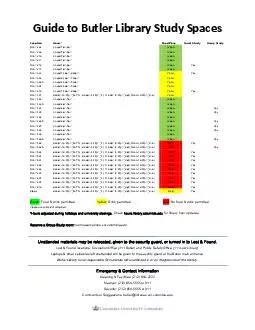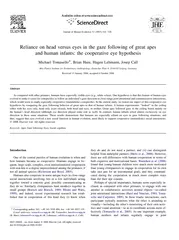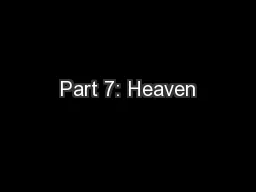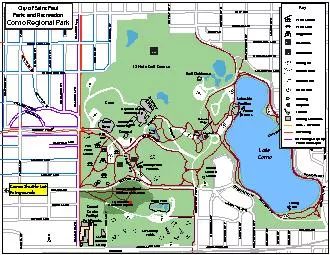PPT-Eve's ' no ' to God closed the gates of heaven to all people. But, what EVA did AVE undid.
Author : jane-oiler | Published Date : 2018-10-29
Mary Mother of God In the book of Genesis God tells Satan I will put enmity between you and the woman and between your offspring and hers he will crush your head
Presentation Embed Code
Download Presentation
Download Presentation The PPT/PDF document "Eve's ' no ' to God closed the gates of ..." is the property of its rightful owner. Permission is granted to download and print the materials on this website for personal, non-commercial use only, and to display it on your personal computer provided you do not modify the materials and that you retain all copyright notices contained in the materials. By downloading content from our website, you accept the terms of this agreement.
Eve's ' no ' to God closed the gates of heaven to all people. But, what EVA did AVE undid.: Transcript
Download Rules Of Document
"Eve's ' no ' to God closed the gates of heaven to all people. But, what EVA did AVE undid."The content belongs to its owner. You may download and print it for personal use, without modification, and keep all copyright notices. By downloading, you agree to these terms.
Related Documents














